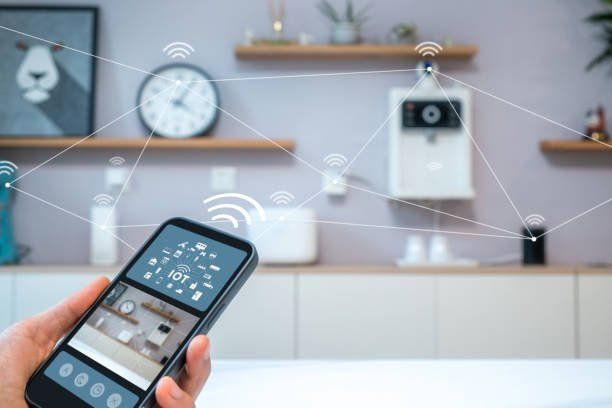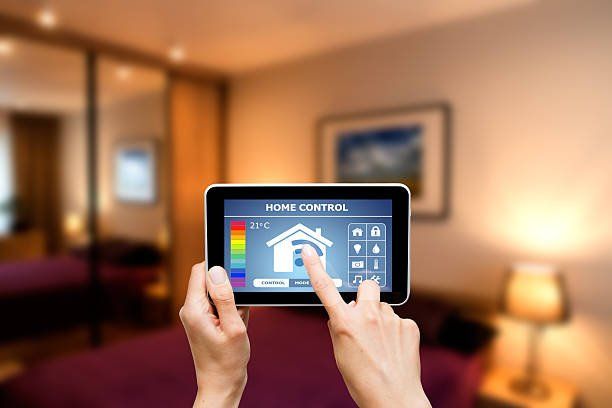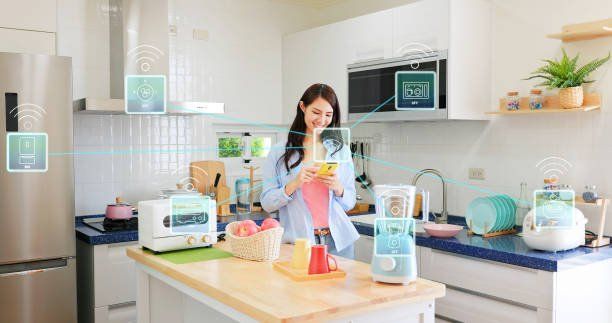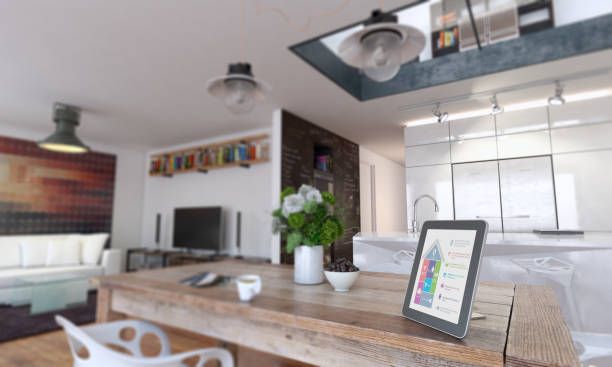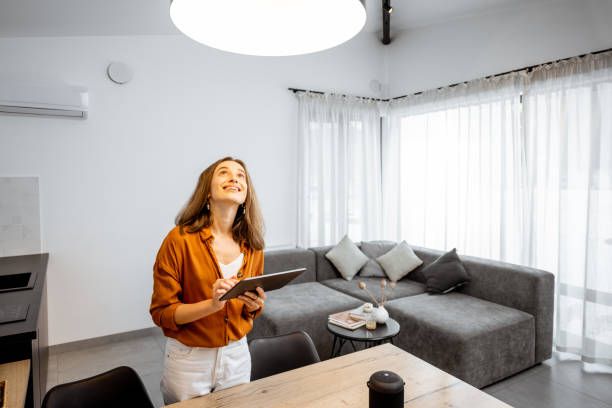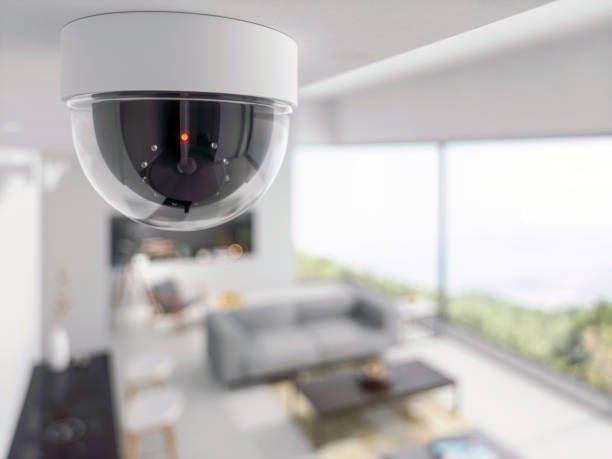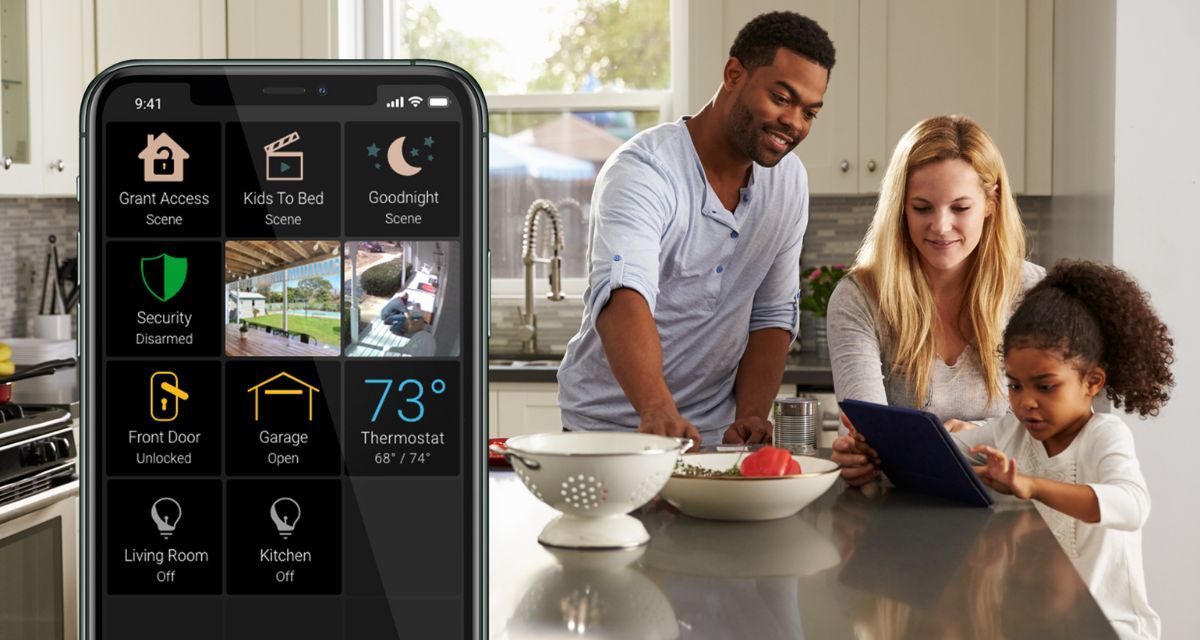What Equipment Is Needed For A Smart Home?
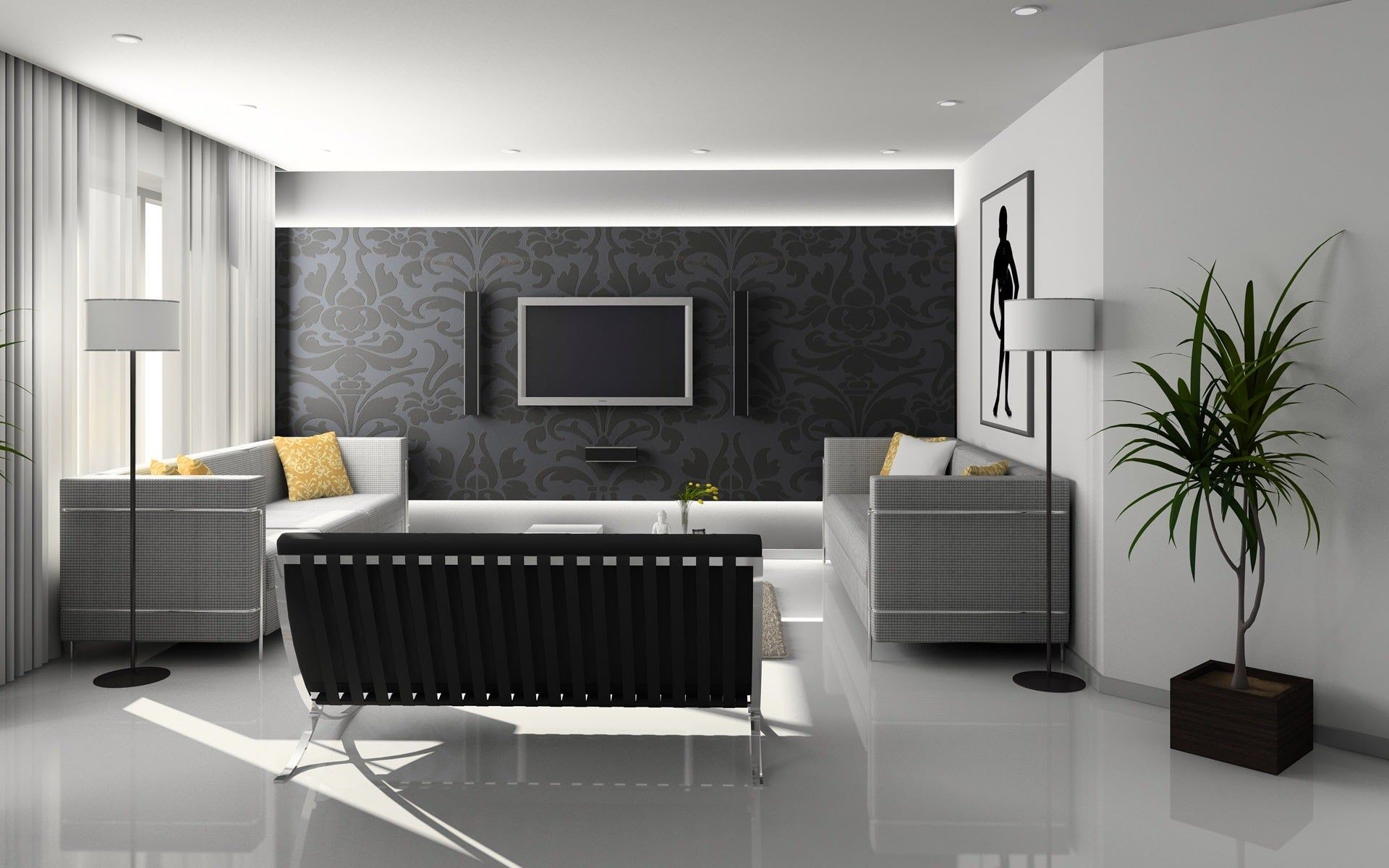
If you’re like most people, you probably think of the smart home as something that’s mostly for tech-savvy households. But that’s not entirely true. In fact, a lot of people are beginning to realize that a smart home is all about having the right equipment. If you want to start building a smart house, there are a few key pieces of equipment that you will need. In this blog post, we will explore these essential items and share tips on how to get them set up in your home. From thermostats to security systems, read on to learn everything you need to know about getting started with a Modern home.
What are the different types of smart home appliances?
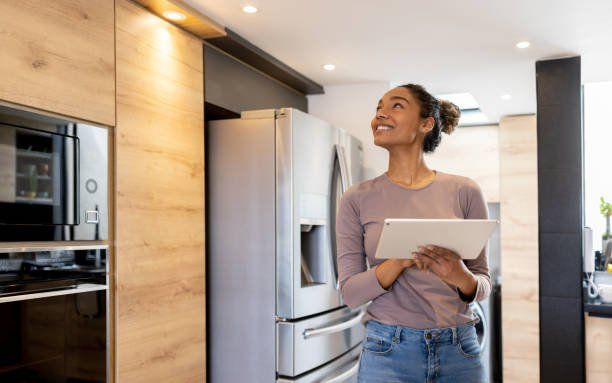
There are a few different types of smart home appliances you'll need in order to create a cohesive system.
One common type of appliance is the home security camera. These will allow you to keep an eye on your property while you're away, and they can also be used to record footage should something happen while you're not there.
You'll also need some kind of hub or controller in order to manage all of these devices. This can be as simple as a single device that ties everything together, or it could be something more complex like a platform like Wink or HomeKit.
Once you have all the necessary equipment, you'll need to decide what features are important to you and figure out how each device works best with the others. There's no one-size-fits-all approach when it comes to creating a smart home, so take your time and experiment until you find the setup that works best for you.
What are the different types of sensors?
There are different types of sensors that can be used in smart technologies, each with its own advantages and disadvantages.
- One type of sensor is the motion sensor. These sensors detect movement and send a message to a controller, usually via an app on a mobile device or computer, to trigger various actions. They are good for detecting when someone is entering or leaving a room, turning on or off a light, or opening or closing a door. However, they can also be fooled by things like pet movements or wind.
- The other main type of sensor is the temperature sensor. These sensors detect the temperature inside and outside of a room and send a message to the controller to trigger different actions based on that information. For example, if the temperature inside a room is higher than outside, the controller might turn on the air conditioner; if it's lower outside, the system might turn off the air conditioner.
- Finally, there are sensors that detect moisture levels and humidity levels in the air. These sensors help control things like air conditioning and heating by adjusting those settings accordingly based on how dry or moist the environment is becoming.
What are the different types of communication protocols?
There are a number of different communication protocols that can be used in a smart home, each with its own advantages and disadvantages.
- Some of the most common protocols used in smart homes are Wi-Fi, Bluetooth, ZigBee, and Z-Wave. Each has its own set of features and benefits that make it optimal for particular applications.
- Wi-Fi is the most common type of wireless connection used in homes today. It's very easy to set up and use, making it a good choice for small homes or apartments that don't have many walls between devices.
- Bluetooth is similar to Wi-Fi in terms of ease of use. It can connect devices that are up to 30 feet apart but has less range than Wi-Fi. This makes it great for connecting devices near the source (like your phone) but not so great for connecting devices far away (like a speaker).
- ZigBee is a low-power protocol used by some SmartThings hubs. It's great for long-distance connections between devices and can handle more traffic than other protocols.
- Z-Wave is a high-powered protocol used by some of the most advanced home automation systems on the market. It's perfect for large homes with lots of sensors and appliances, as it has reliable wireless connectivity and can handle high amounts of traffic.
What are the different types of devices that can be connected to a smart home?

There are a variety of devices that can be connected to a smart home, and each one requires different equipment.
Some devices that can be connected include lights, switches, and sensors. Smart lights allow you to control the brightness and color of your lights from an app or from a remote control. Switches allow you to turn on or off devices based on your preferences or schedule. Sensors allow you to monitor things like temperature or humidity levels.
Other devices that can be connected include security systems, thermostats, and cameras. Security systems let you keep track of who's coming and going into your house, while thermostats allow you to adjust the temperature according to your preferences. Cameras can be attached to walls and ceilings so you can see what's happening in your house at any time.
What are the different types of security systems that can be used in a smart home?
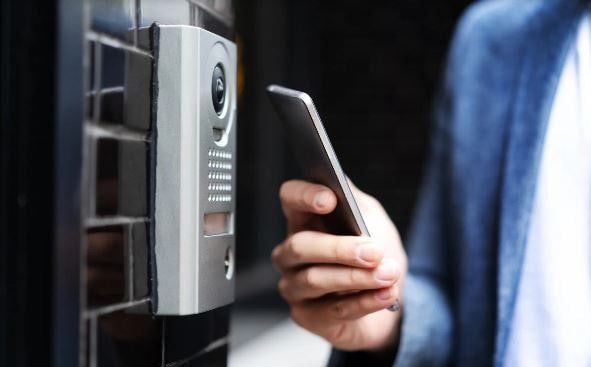
There are a variety of different types of security systems that can be used in a modern home. These systems vary in how they work, how much they cost, and what kind of sensors they use. Some common types of security systems used in smart homes include:
cameras: These cameras can be used to monitor your home while you're away. They can also be used to check on the safety of your family members or property.
Security alarms: Security alarms can help protect your home from theft or other damage. They can also help you keep track of who is currently inside your home.
Smoke and CO detectors: Smoke and CO detectors can help warn you if there is a fire in your home. They can also help you avoid serious medical problems if you are exposed to smoke or carbon monoxide.
Home security systems: Home security systems can help protect your home from burglars. They can also help you keep an eye on who is inside your home.
Home automation: Home automation systems can help you control your home using software or devices. This can help you make your home more comfortable and easier to manage.-Routers: Routers can help you control the traffic entering and leaving your home. This can help protect your security and privacy.
Conclusion
In order to have a smart home, you will need a few key pieces of equipment. A good starter kit would include an Amazon Echo device, a Nest Learning Thermostat, and a Ring Video Doorbell. These devices allow you to control your lights, thermostats, and security systems from anywhere in the world using voice commands. If you're interested in taking your home ambitions further, we recommend investing in an internet-connected hub like the SmartThings Hub or Wink Hub. These hubs give you access to thousands of compatible devices from various brands, so you can create a truly custom experience.
